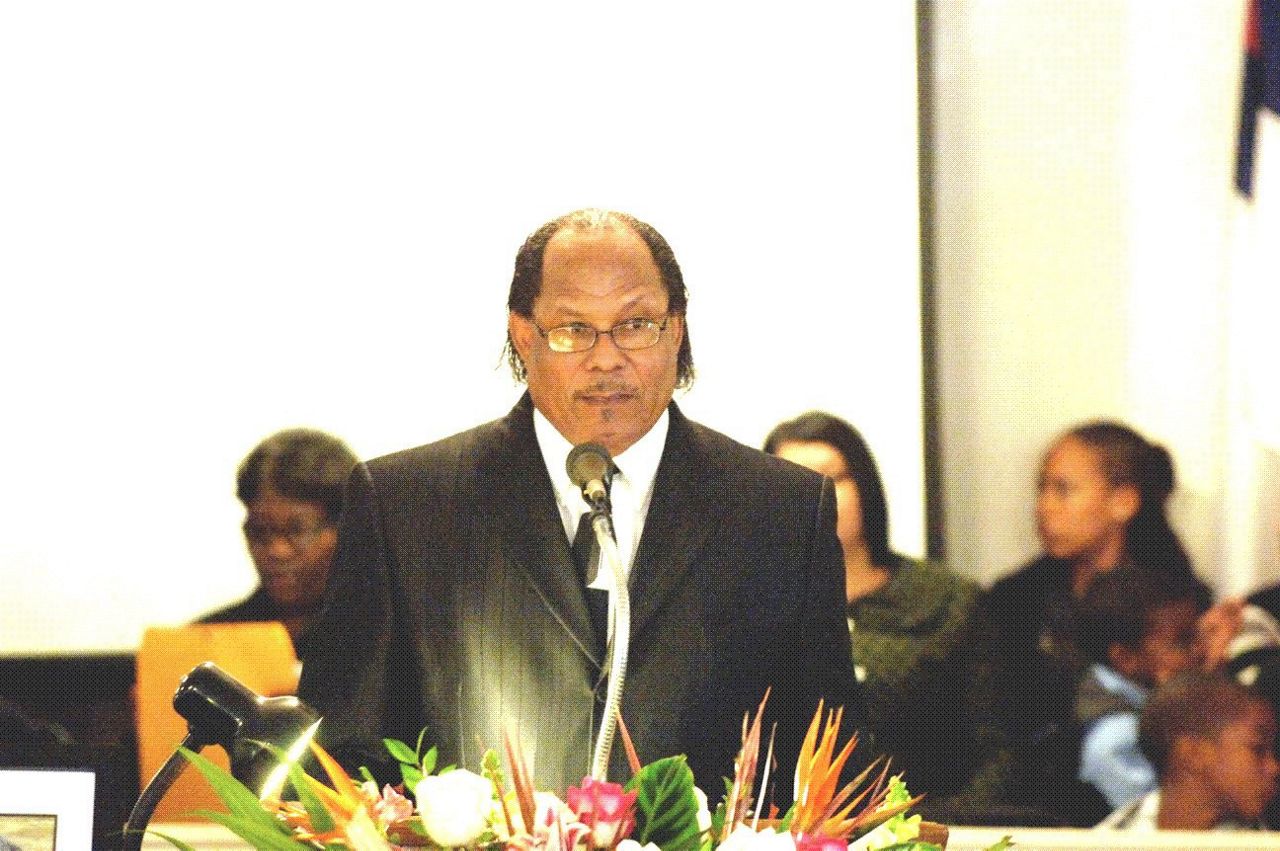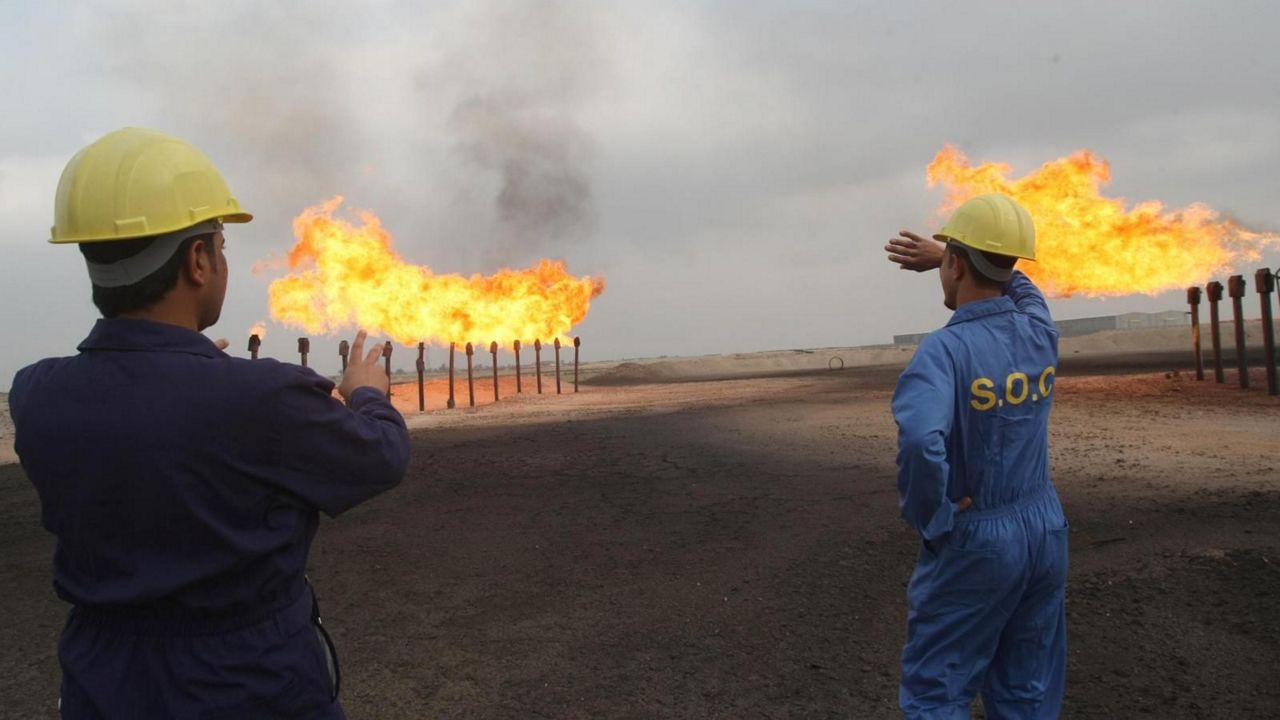TEXAS — Gene Collins says he frequently wakes up with a scratchy throat and burning eyes. He and many other residents of Odessa use inhalers or some other device to help with breathing because the air is drenched with chemicals from the dozens of nearby oil and gas drilling operations that use a mostly uncontrolled and poorly regulated practice called flaring — the burning of oil and gas production byproduct.
“If you go out of town and come back, as soon as you get to this area you will feel a tightness in your chest,” said Collins, who is the pastor at a local church and owns a local insurance company. He has been president of the local chapter of the NAACP for 35 years and chairs the NAACP’s Justice Committee for the state.
Oil and gas flaring spews methane and other poisonous, volatile gasses into the air at the end of a pipe that funnels the gas into a flame. The effect can look like birthday candles dotting the flat Texas landscape. Energy companies typically don’t want to shoulder the cost of processing this chemical stew, so it’s cheaper just to burn it.
A study released last week by environment group Earthworks, titled Flaring Away: How the Texas General Land Office is mismanaging oil and gas leases on state lands, found that 75% of oil and gas operations on General Land Office lands were functioning without permits.
According to Earthworks, from October to December 2020, helicopters flew over 321 oil and gas production flares, 45 of which were on leases issued by the Texas General Land Office, an agency charged with stewardship of lands owned in common by all Texans. Of those 45, 34 — or 75% — did not have permits required under Texas law. According to GLO records, 36,830 oil and gas wells are permitted on state lands managed by the GLO.
“The law requires flaring permits because the practice is wasteful and polluting, as Republicans and Democrats alike agree,” said Sharon Wilson, the report’s author. "The oil and gas industry’s contempt for the law coupled with the GLO, TCEQ, and TRC failures to uphold it illustrates why permitting of new oil and gas operations must end.”
Properly combusted flaring is responsible for nearly 1% of all human-driven fossil fuel carbon dioxide emissions. Unlit and malfunctioning flares are more of a climate threat because they release methane — which is 86 times more powerful a climate pollutant than carbon dioxide. Flaring can result in health problems for people living in proximity because flares also release toxic volatile organic compounds like benzene. Pregnant women who live near flares have as much as a 50% greater chance of premature birth. Living in proximity to flares is linked to eye, nose, and throat irritation, respiratory problems, nausea, headaches, and dizziness.

Texas has flared about as much gas annually as all of its residential users consume. In the Permian Basin alone, about $750 million worth of gas was wasted in 2018, without any public benefit. At the same time, gas flaring contributes approximately 1% of human-made atmospheric carbon dioxide emissions globally.
A spokesperson for the Texas Commission on Environmental Quality declined to comment, saying he had not yet read the report. The Texas Rail Road Commission, the state agency regulating oil and gas companies, did not respond to emails and phone calls, nor did the Texas General Land Office.
Years ago, Collins and other residents won a lawsuit against two companies that operate in the area for pollution. He said he has tried to work with oil and gas companies to determine a way to capture the methane and liquefy it. The companies, he said, would rather “play games” than find a solution.
The toxins, he said, have “certainly impacted us, especially our younger people — who a lot of times have to miss school because of those problems — and elderly people.”



